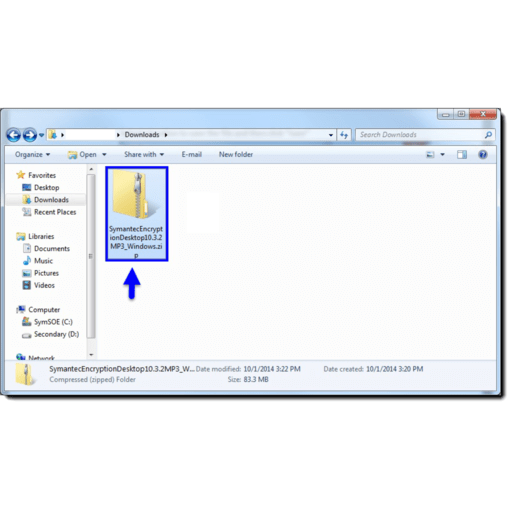

(You can leave email address off if this does not apply to the key).Įnter and confirm a passphrase for your private key, then click Next. If you are an experienced user and wish to specify the type, size, or expiration date of your keypair, click the "Advanced." button.Įnter your name and Email address, then click Next. When the PGP Key Generation Welcome Screen appears, click Next. To begin creating a new keypair, click the File menu, then click New PGP Key. Open the PGP keys window (click the gray padlock in your system tray, PGPtray icon, then click PGP keys). For more information about this, see the following articles:ġ80130 - HOW TO: Reconstruct Your Private Key for Windowsġ53258 - Key Reconstruction - PGP Desktop Key Reconstruction is an option that could potentially help you recover from this situation. Therefore it is very important to remember your passphrase and have a back-up copy of your keypair.

The article is old, and is considered rich PGP history, but is still current in concepts and is great for anyone who would like to learn more about Cryptography!Ĭaution: If you lose your private key or forget its passphrase, you will be unable to decrypt any data which was encrypted to the public portion of your keypair. TIP: For more information about public-key cryptography, refer to a great historical PGP document 'Intro to Crypto' document provided at the bottom of this article as an attachment. When data is encrypted with a public key, it is common to say that the data was encrypted 'to' the public key. Thus when you want to send someone encrypted data, you use their public key to encrypt the data, which may then only be decrypted by their private key. Once the data is encrypted with your public key, it may only be decrypted by your private key, for which only you know the passphrase. When someone wishes to send you encrypted data they use your public key to encrypt the data, which changes the data into encrypted content so only the intended recipients can decrypt. Your private key, however, should never be given to others, and its passphrase should be kept totally secret. Your public key should be given to anyone who wishes to send you encrypted data. In order to use PGP you must create a PGP keypair, which consists of a public key and a private key. PGP encryption (Symantec Encryption Desktop) is based on public-key cryptography.


 0 kommentar(er)
0 kommentar(er)
